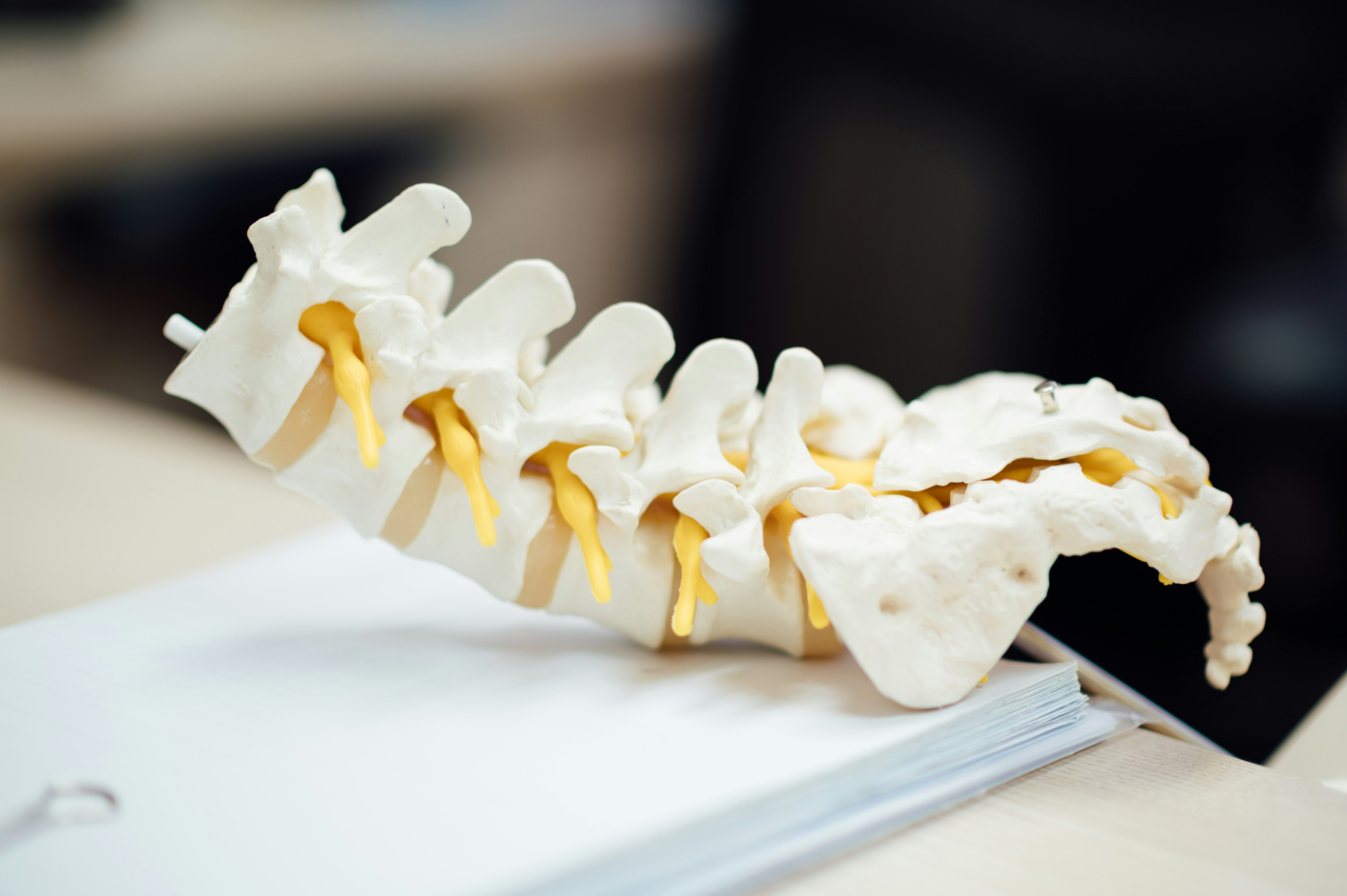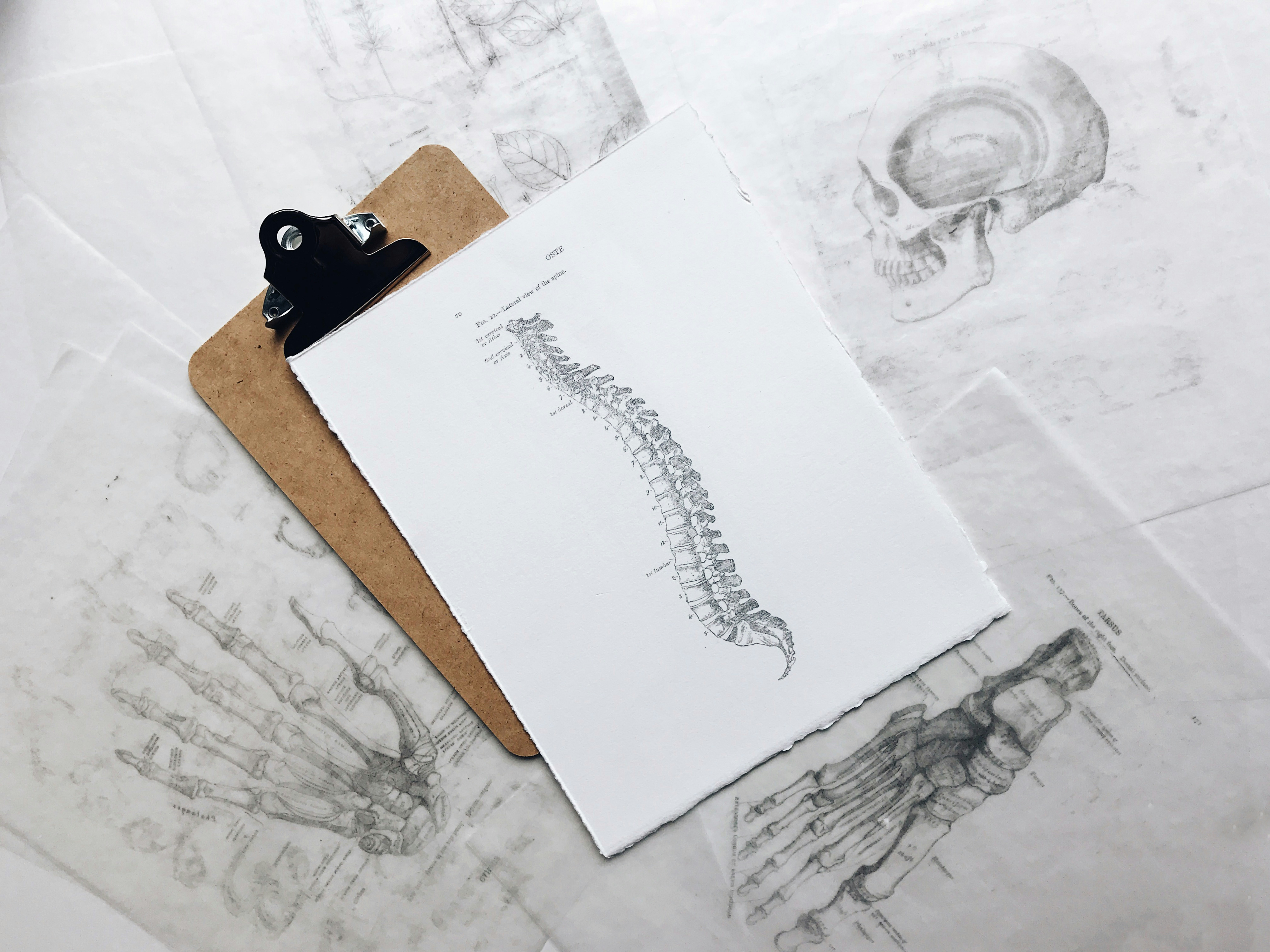
Could Unnecessary Low Back Imaging Actually Do More Harm Then Good?
“America's healthcare system is neither healthy, caring, nor a system.” - Walter Cronkite
Introduction:
If you have back pain and have pursued medical care, at some point you may have gotten an MRI, Xray, or other imaging test.
You might have also been told you need to do physical therapy first. Many people are often very upset about this and see this as "insurance red-tape." However, there is a really, really, REALLY good reason for this...
DISCLAIMER: before you continue reading, understand this: This is not meant to supersede medical advice. I would follow doctors' recommendations and seek other opinions if you'd like. It is only to shed light on an important topic for those who develop non-specific low back pain.
With today's blog topic, I'm going to dive in the pro's and con's of low back imaging, and why we have a chronic back pain epidemic! 👊
1. Why Can't We Get Images Right Away?
Like I mentioned, many people are often very frustrated when they aren't approved to get an MRI.
"How can they treat me if they don't know what's wrong?"
The reason you usually can't get MRI's up front is often believed to be because of insurance "nonsense." However, denying these MRI's actually might get you out of pain quicker.
The real reason is that A. It saves them money and B. it is the most efficient way to do this. While this seems super selfish of the insurance companies (which it probably is), it is in your best interest as well.
If you don't have an MRI, you will likely go to physical therapy, chiropractic, acupuncture, or some other form of conservative treatment. This costs money for the insurance of course. The reason they want you to do this is because a HUGE MAJORITY of these people will get better.
That's right, most people get better without any need for imaging, which leads to injections or surgery. The insurance company (rightfully so) wants to keep you out of the tried-and-true MRI>Injection>Surgery pathway. Or, if I want to be a little more cynical, the MRI>Injection>Surgery>Surgery>Surgery pathway.
So basically, insurance companies know that for the large majority of people experiencing back pain, they will get better regardless of which conservative modality they choose. So it makes no sense to get an MRI up front because most will get better.
The good news, if they don't find you appropriate for an MRI right away, the doctor has likely cleared you from any emergency that would require more urgent imaging.
2. What do Low Back MRI's Actually Tell Us?
So you may know, I work as a Doctor of Physical Therapy. What is the reason that I don't need an MRI to determine what to do with you.
Physical Therapy treatments are based off impairments. We will find the things you cannot do, or cannot do without pain and help you address them. We use classification systems to see what types of treatment work best on what presentations. All without the need for imaging.
In fact, I'm usually trying to talk people out of the need for imaging. The reason? DRUMROLL PLEASE..........
They don't give us much valuable information in orthopedics.
That's it. Don't believe me? Follow me down this train of thought for a moment...
We have pretty substantial research (at just about every joint in the body, I might add), that you will have positive MRI findings in huge percentages of the general population. That's right, things like degenerative disc disease, disc bulges, facet hypertrophy, and many more, all exist in most people without any symptoms. It is the norm, and only gets more prevalent as we age.
So how is it that we know from your low back MRI that your "positive finding" is the reason for your pain? What if we put your MRI next to someone who had the same diagnosis, but no symptoms? Could we tell who was in pain?
NO WAY!
We just simply can't correlate MRI images with pain generators. It is an insufficient tool. Can the MRI be relevant? Of course. But many people fall into the bucket of "non-specific low back pain." People hate this diagnosis. But it's true, for most people we have not a shred of evidence to link a specific body part or image finding with pain.
If you are over 30, they are going to have positive findings. Are they relevant? Usually not.
Once again, imaging can discover things like fracture, tumor, infection, etc. They are not useless. Just not nearly as useful for identifying why someone has low back pain.
3. What Harm Could This Possibly Do?
The big question is, could we actually be doing harm to people with these unnecessary images?
Think about this. You go for your follow up appointment after your MRI. You've gotten into your patient portal and seen all of these really scary sounding diagnoses. Words like "severe", "protrusions", "spurring" and "degenerating".
You come in thinking your spine is in a severe state and that it is degenerating. The surgeon starts to talk surgery (because that's their job). They likely also give you some fear-evoking imaging of "slipping discs" like a bar of soap slipping out of your hands. Or maybe that "it's bone on bone so it's only going to get worse."
Thankfully for us, these descriptions are often entirely inaccurate and untrue. They are also based on descriptions on MRI findings that may or may not be relevant.
These diagnoses that we then receive from the images label patients with anatomic reasons for their pain, without any evidence that this exists.
Here is a good except from an article in the Journal for Orthopedic and Sports Physical Therapy:
"MRI may, in fact, facilitate the “medicalization” of LBP, due to its visually exquisite depiction of pathoanatomy.8 In fact, it is questionable whether the term pathoanatomy or abnormality appropriately describes what could be considered nonpathological or normal, age-related or degenerative changes. For example, among asymptomatic persons 60 years or older, 36% had a herniated disc, 21% had spinal stenosis, and over 90% had a degenerated or bulging disc."
This issue with "labeling" things can be a huge issue for people. It can make people believe they are destined to have pain based what they found in their image. "How could I possibly get better without "fixing" this thing in my back."
It also makes it that much harder to participate in an active program including exercise, for fear of worsening their "pathology" or their issue.
There is a term for this, it's called "nocebo". The opposite of placebo, it basically means that the negative expectations surrounding a treatment cause more negative effect than it normally would have.
"How could I possibly move with this scary thing going on in my back?" Are you really better off having known about it, if it wasn't relevant?
4. Who Really Needs an Image Taken of Their Spine?
There are some situations where imaging is appropriate. This is not by any means meant to be an exhaustive list.
There are some "red flags" that would require more urgent MRI (this is from the American Academy of Family Physicians):
Severe or progressive neurologic deficits (e.g., bowel or bladder function, saddle paresthesia)
Fever
Sudden back pain with spinal tenderness (especially with history of osteoporosis, cancer, steroid use)
Trauma
Serious underlying medical condition (e.g., cancer)
These would be determined by a medical provider at your evaluation. They also can be indicated for those who have failed all conservative management. This would start to bring you down the path of more invasive procedures such as injections, surgeries, or radiofrequency ablations. Best to skip these if you can.
5. Why Do So Many Patients and Doctor's Still Rely So Heavily on MRI's?
There is a huge disconnect between what every medical guideline has been stating for a long time and what is actually happening in practice.
A recent survey looked at beliefs of clinicians and patients were about the importance of MRI's. The conclusion:
"Beliefs about harms of imaging were much less frequently mentioned than beliefs about the benefits of imaging. These beliefs are at odds with evidence that diagnostic imaging often adds little value to the clinical decision making or patient outcomes."2
We know we are still making inappropriate referrals for MRI's, but why?
I think the biggest reason is time. One of the number one things people want when going to doctors is an explanation or a reason for why they have pain.
We've just established that images don't really help us do this. What needs to happen is the doctor needs to honestly educate you about the topics I've discussed in this blog. However, this can take some time, and sometimes repetitive exposures to this information. Most doctors don't have that kind of time.
So I think when a medical provider is faced with someone in pain in front of them demanding an answer to the question "why does my back hurt so much", I think sending them off for imaging is likely the path of least resistance.
Here are some things I'd rather you do:
Please consider subscribing to the CoreyPod.com Blog!
or my YouTube channel:
www.youtube.com/coreypoddotcom
If you need any help with any of the information I've given or the questions I've asked, please email me at [email protected]
*This is not intended to be medical advice. If you are experiencing pain, always consult with a physician.
If you believe this to be an emergency, please call 911 and seek medical attention.
References:
Flynn TW, Smith B, Chou R. Appropriate use of diagnostic imaging in low back pain: a reminder that unnecessary imaging may do as much harm as good. J Orthop Sports Phys Ther. 2011;41(11):838-846. doi:10.2519/jospt.2011.3618
Sharma S, Traeger AC, Reed B, Hamilton M, O'Connor DA, Hoffmann TC, Bonner C, Buchbinder R, Maher CG. Clinician and patient beliefs about diagnostic imaging for low back pain: a systematic qualitative evidence synthesis. BMJ Open. 2020 Aug 23;10(8):e037820. doi: 10.1136/bmjopen-2020-037820. PMID: 32830105; PMCID: PMC7451538.







